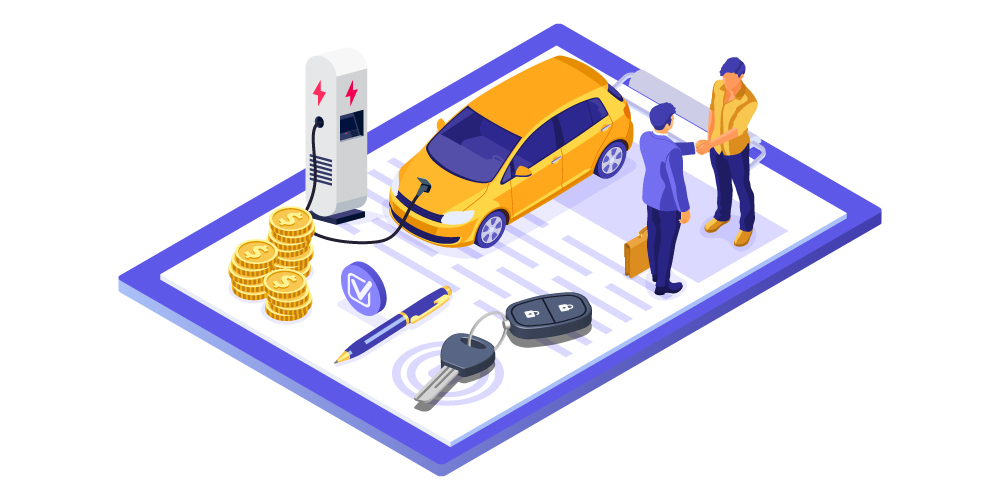How credit unions should prepare for the changing landscape of indirect lending

The indirect lending landscape is undergoing significant changes, driven by evolving consumer preferences and advancements in technology. The transition of retail automotive purchases from showrooms to online environments was already underway before the 2020 COVID crisis. The global pandemic expedited this transformation, significantly increasing the pace of change. Additionally, there was a notable shift in the transaction model, with a move towards direct-to-consumer transactions.
Credit unions, known for their member-centric approach and community focus, must adapt to these shifts to remain competitive and continue serving their members effectively – particularly when it comes to finding top-of-funnel lending opportunities.
Embrace digital transformation – especially underwriting automation
As the world becomes increasingly digital, credit unions must prioritize digital transformation in their operations. This entails adopting modern technologies and leveraging automation to streamline processes, enhance efficiency, and provide a seamless member experience.
Effective underwriting is crucial for credit unions to mitigate risks and make informed lending decisions. Advancements in artificial intelligence (AI) and machine learning have enabled financial technology providers to make advanced analytics and data-driven underwriting models available for credit unions of all sizes.
By harnessing the power of AI, credit unions can analyze vast amounts of member data, assess creditworthiness accurately, and identify potential risks. This enables credit unions to offer competitive loan terms and increase their lending capacity while maintaining a prudent approach to risk management – while expanding access to traditionally underserved populations.
Foster strategic partnerships with credit union allies
In the evolving landscape of indirect origination, credit unions should seek to establish strategic partnerships with automotive dealerships, online car sales platforms, and partners that are dedicated to supporting their success.
Collaborating with reputable dealerships allows credit unions to expand their reach and offer attractive financing options to potential car buyers. Building strong relationships with online car sales platforms provides credit unions with access to a broader customer base and increases their visibility in the digital marketplace. These partnerships create mutually beneficial opportunities for growth and strengthen the credit union’s position in the indirect origination space. As lending decisions happen earlier in the process and or move to the top of funnel, credit unions should align with industry aggregators that can ensure member financing remains with the credit union.
Create personalized member experiences
One of the key advantages credit unions have over larger financial institutions is their ability to provide personalized experiences to their members.
To excel in the changing landscape of indirect lending, credit unions should leverage member data and analytics to understand their members’ preferences and tailor loan products accordingly. By offering personalized loan terms, competitive interest rates, and value-added services, credit unions can enhance member satisfaction and loyalty.
Prepare for shifts driven by the EV market
Finally, credit unions need to begin to prepare for rapid shift toward electric vehicles (EVs) – and the changing ways that consumers are choosing to purchase them. Credit unions can proactively position themselves by developing tailored loan products for EV purchases, offering competitive interest rates, and partnering with EV manufacturers and dealerships.
By understanding the unique financing requirements and incentives associated with EVs, credit unions can attract new members and capture a significant share of this emerging market.
